Is mandatory food fortification a boon or bane?
In a bid to address malnutrition and anaemia in the country, the Indian government has decided to provide rice fortified with iron under its PDS and mid-day meal schemes from 2024. Many public health and nutrition experts oppose the decision.

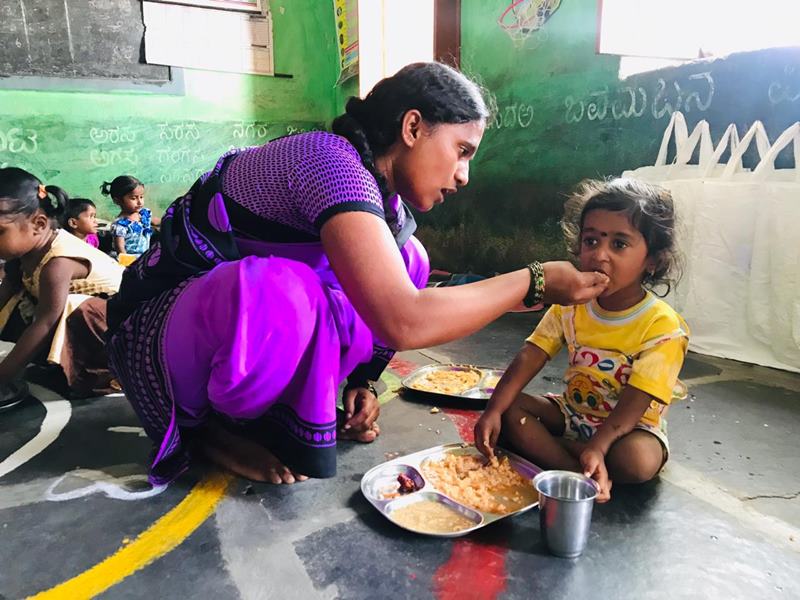
The rice provided to the children in the mid-day meal will be fortified by 2024. Photo: Nidhi Jamwal
Two weeks back, in his independence day speech on August 15, Prime Minister Narendra Modi announced that underprivileged beneficiaries under government schemes will be provided fortified rice from 2024 to address malnutrition.
“We will give rice fortified with nutrition to the poor. Be it the rice available at the ration shop, the rice provided to the children in the mid-day meal, or the rice available through every scheme, it shall be fortified by the year 2024,” announced PM Modi while addressing the nation from the ramparts of the Red Fort in New Delhi.
Fortification of rice with iron is a significant public health response to address anaemia and malnutrition in the country, claims the government.
But the decision has appalled several health and nutrition experts. They claim that the chemical or synthetic fortification of rice with iron is ‘detrimental’ to health and is ‘wasteful’ and ‘ineffective’.
In a virtual discussion titled ‘Mandatory food fortification: Boon or bane?’‘ organised today on August 28, several health and nutrition experts discussed key health related concerns with mandatory fortification, its economic impact and conflict of interest around it and suggested solutions to address malnutrition crisis in the country.
Health and nutrition experts are of the opinion that unnecessary food fortification would bring socio-economic impacts such as market shifts in favor of large corporations, loss of livelihoods for small and informal players, monocultures in diets and reliance on packaged foods.
“We cannot afford to walk into a trap laid out by the corporate. Haemoglobin is not just formed by iron. Iron is not the only cause of anaemia. Haemoglobin is a complex molecule that requires protein and copper, and magnesium, Vitamin C. What we are made to believe is that iron is going to do the magic,” said Veena Shatrugna, former deputy director, National Institute of Nutrition during the discussion organised by Alliance for Sustainable and Holistic Agriculture (ASHA), an informal network working to strengthen food diversity and nutrition.
“The iron absorption in the Indian diet is a huge problem. It is just five per cent. We can improve absorption by adding animal protein with the diet and organ meat. Even if you keep eating like cows (green diet) the iron will not absorb. It is futile to push iron into our bodies without all the additional support system that the body requires to manufacture haemoglobin,” she added.
Also Read: ‘Rice and wheat in India are lot less nutritious than they were 50 years ago’
‘Food diversity cannot be replaced by fortified food’
According to the Comprehensive National Nutrition Survey, 2016-18, 40 per cent of female adolescents in the country suffer from anaemia.
Graph: Prevalence of anaemia and iron deficiency by sex among children and adolescents aged 1–19 years, India.
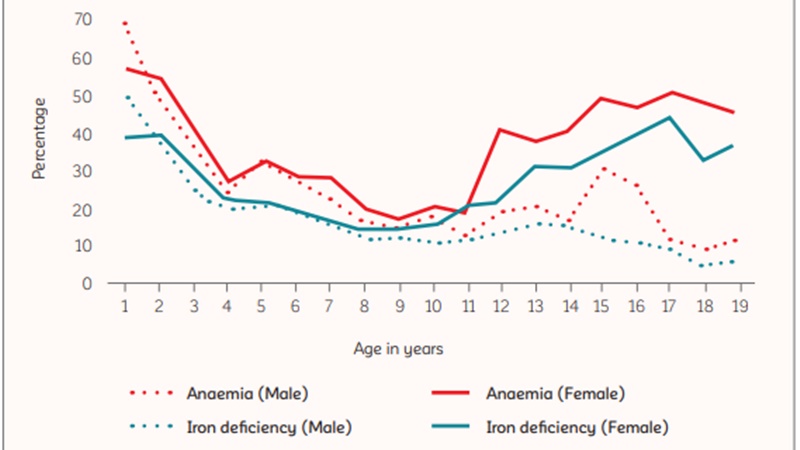
The recently released National Family Health Survey (NFHS-5), 2019-20, shows the prevalence of anaemia among children under five years of age has increased in 18 out of 22 states and Union Territories. A similar trend was seen in the prevalence of anaemia among women in the age of 15-49 years. Out of the 22 states/UTs, 16 showed an increase in anaemia among women.
The experts pointed out that the actual solution is to improve diets and food diversity such as inclusion of nutritious vegetables, millets, animal protein, and dairy products.
“To maintain a diverse diet is hugely important to health and to nutrition. It cannot be replaced by providing fortified foods. If you need iron, you also need protein and other micronutrients. Good quality diverse food provides that,” said Vandana Prasad, Noida-based public health expert and paediatrician.
She pointed out that in India, only 10 per cent of children are provided with adequate quality of food.
“If we speak about poor households, the degree of lack of food diversity is absolutely dismal and critical in this country. Even seventy five years after Independence, people are not getting decent food. The government is stressing on providing fortified rice. It is suggesting to keep dumping one nutrient after another. Is that how haemoglobin goes up?” asked Prasad.
“This is a complete travesty of social justice and rights to food and nutrition,” she added. Prasad also suggested inclusion of millets and eggs in the diet of beneficiaries.
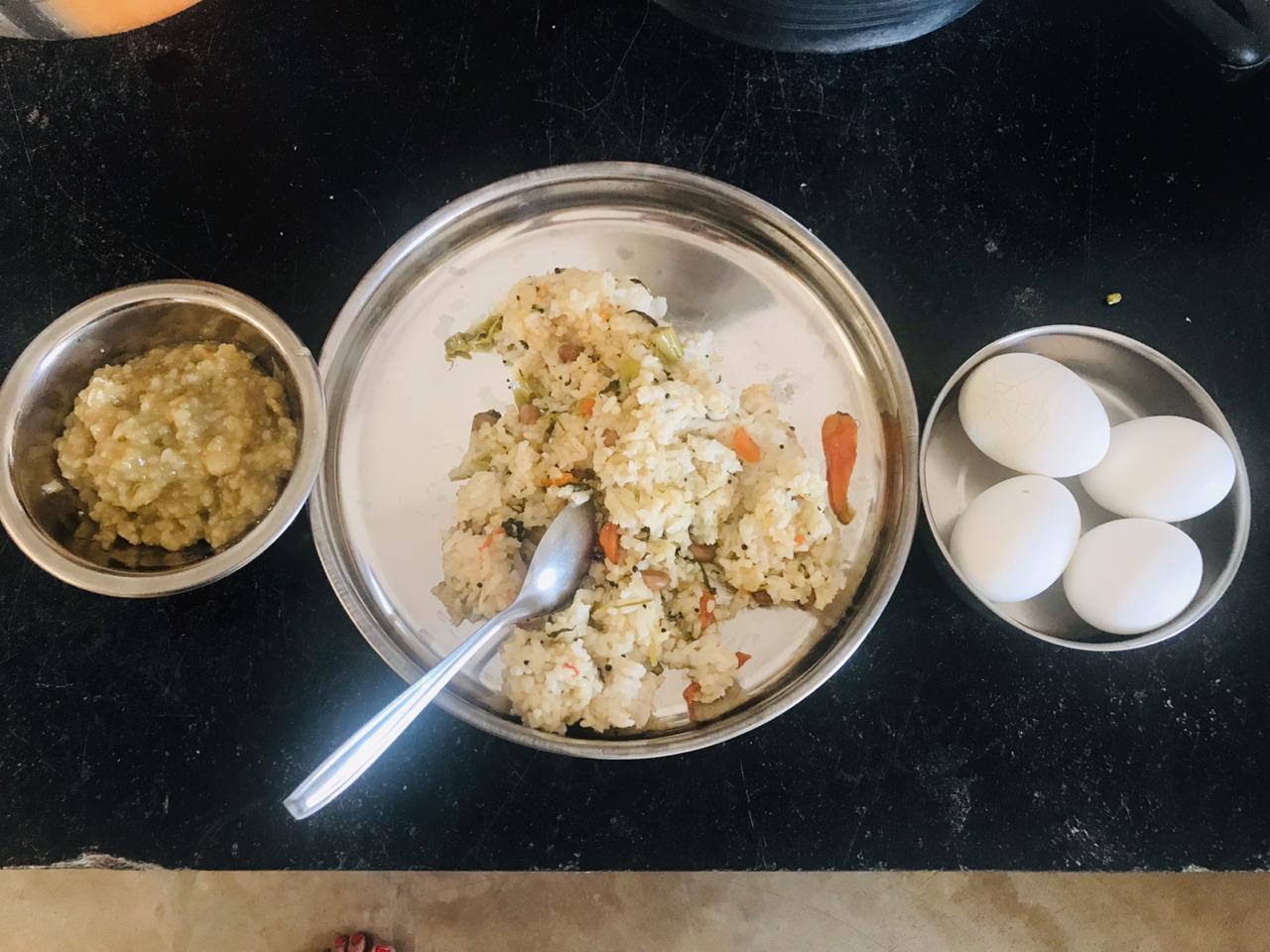
Excess iron harmful
As part of the Integrated Child Development Scheme (ICDS), pregnant women are given iron and folic acid (IFA) tablets to prevent nutritional anaemia. This forms an integral part of the safe-motherhood services as part of the Reproductive and Child Health Programme.
The programme recommends pregnant women to consume 100 tablets of iron and folic acid during pregnancy but the mandatory iron fortification of the rice, which means excess iron, to be provided in the national programmes of ICDS and mid-day meal schemes is estimated to do more harm than good.
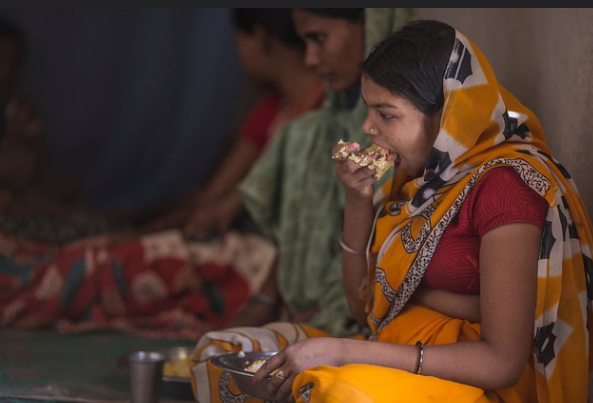
Public health and nutrition experts warned that women who have been consuming iron in excess can have adverse effects on fetal development and birth outcomes, with adverse modifications of the healthy microbiome, and increased risk of chronic diseases.
A new research paper, ‘Perspective: When the cure might become the malady: the layering of multiple interventions with mandatory micronutrient fortification of foods in India’, released on July 30, claims that this intervention of food fortification is ‘wasteful, ineffective and potentially harmful’ to human health.
Anura Kurpad, the lead author of the paper, also present during the virtual discussion today, stated that micronutrients are beneficial in the right dose, but potentially harmful when ingested in excess. This is similar to excessive unnecessary intake of medicines, he said.
‘Supplying more’ by layering multiple nutrient interventions, instead of ‘doing it right’, without thoughtful considerations of social, biological, and ethics frameworks could be counterproductive, pointed out the authors of the paper.
“The cure, then, might well become the malady,” the paper mentioned.
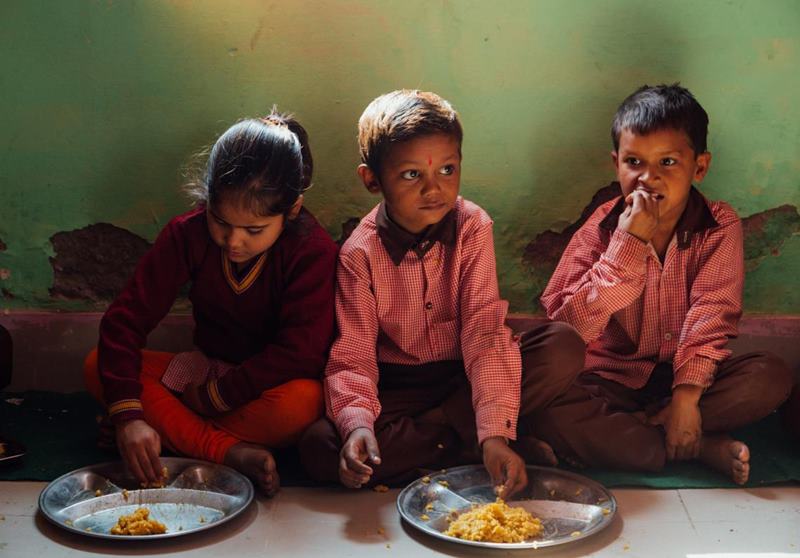
Threat to small millers?
The discussion also zoomed in on the economic impacts on the consumers and informal stakeholders like small rice millers, cold press oil mills, small farmers, and local enterprises who may not be able to make the heavy investments required.
“There is evidence that mandatory food fortification will have adverse effects on economical impacts on informal players like small millers, oil ghanis, and cold pressed units, farmers as well as consumers,” said Afsar Jafri, member, GRAIN, a non-profit working to support small farmers and social movements in their struggles for community control and biodiversity based food systems.
“Fortifiaton is yet another attempt by corporate food processors national or international that monopolies the processed food systems. There have been several attempts in India to promote processed food and the target was unprocessed healthy fresh food,” he said.
Referring to the 1988 dropsy epidemic in Delhi when at least 60 people died and 3,000 were hospitalised in the national capital, Jafri said this was related to adulteration of mustard oil with Argemone Mexicana (a weed that grows with yellow flowers) and burnt engine oil.
In 1990, the Union health ministry allowed blending of edible vegetable oil and encouraged sales of packaged oil.
“This affected small players. We did a small survey a year after the order. We found that several hundred small ghanis in Lal Dora area were shut because of this. It was targeted against small units processing edible oils. It is really big corporations who get the benefits of these,” Jafri pointed out.
“We see a small trend for small rice millers coming up. They will have a similar fate either they have to scale up or make huge investments to make their units technologically fit to undertake fortification or quit the business,” he added.
Jafri warned that this initiative will threaten small rice millers across the country and it goes against the drive to make India self reliant.
The country is also considering compulsory fortification of rice with Vitamin B12, and Folic Acid from 2024 to address malnutrition and anaemia crisis in the country.
Also Read: Stop compulsory food fortification: Health activists write to FSSAI

